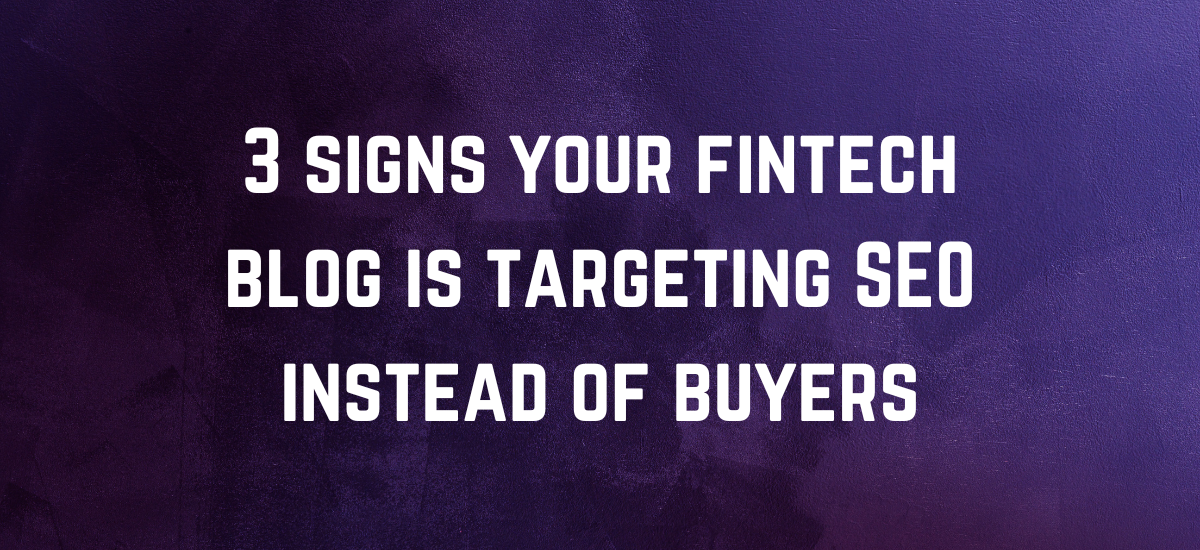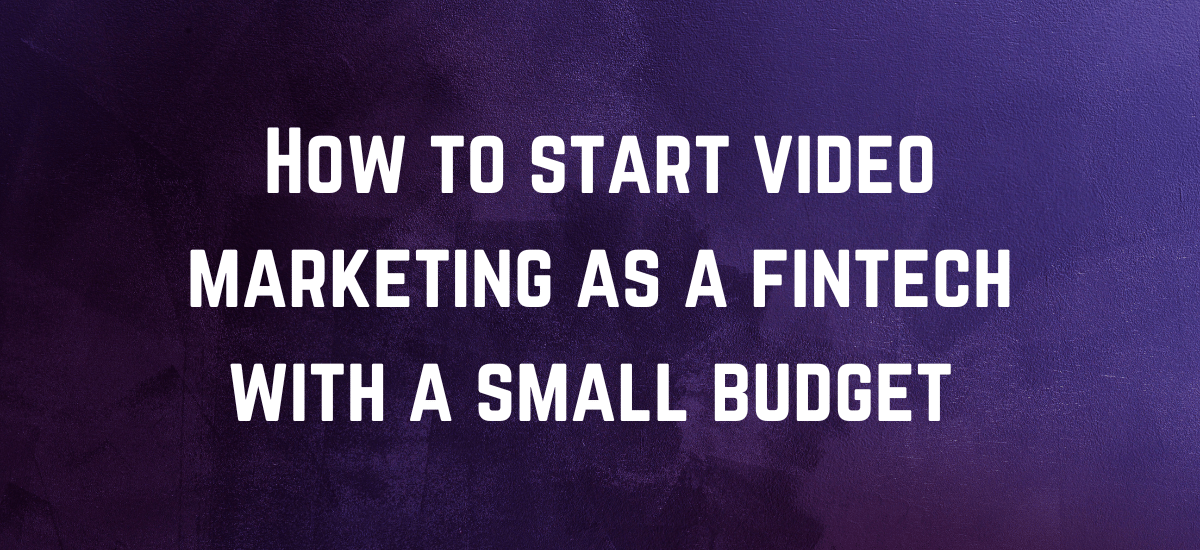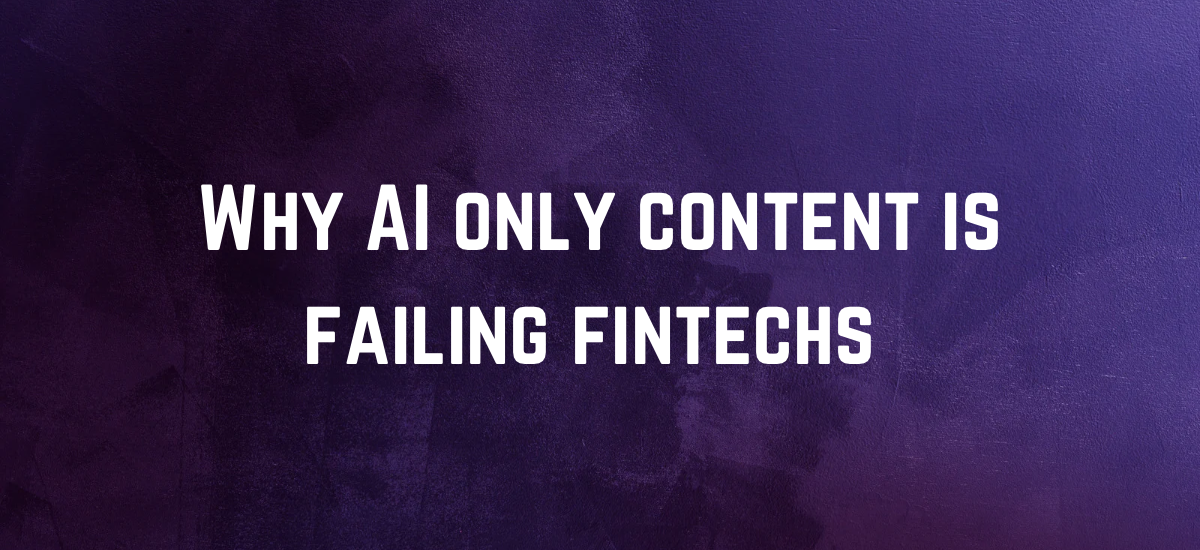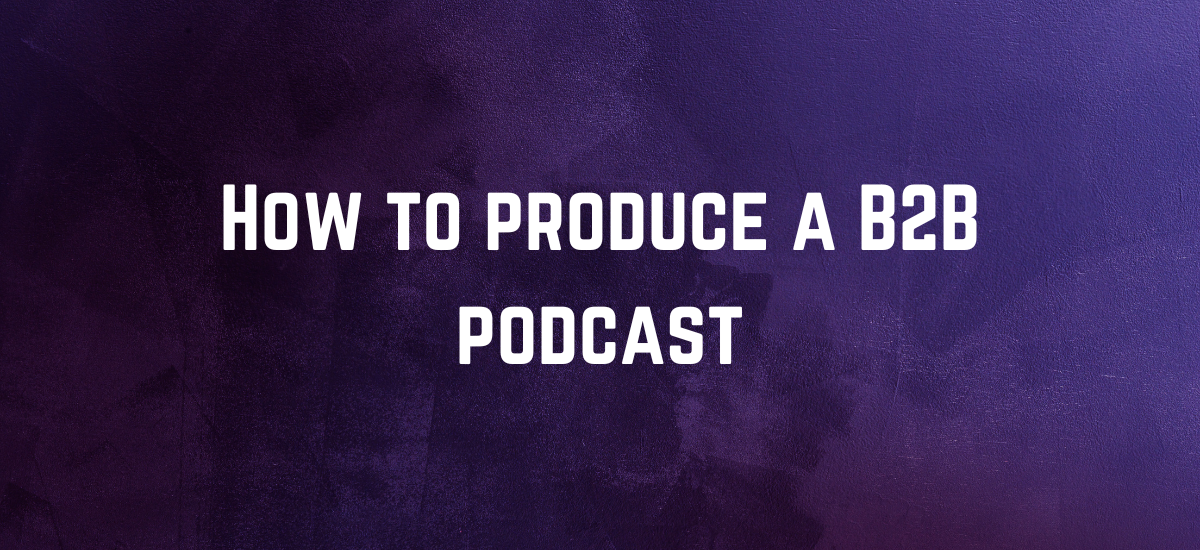by deborah
Share
by deborah
Share
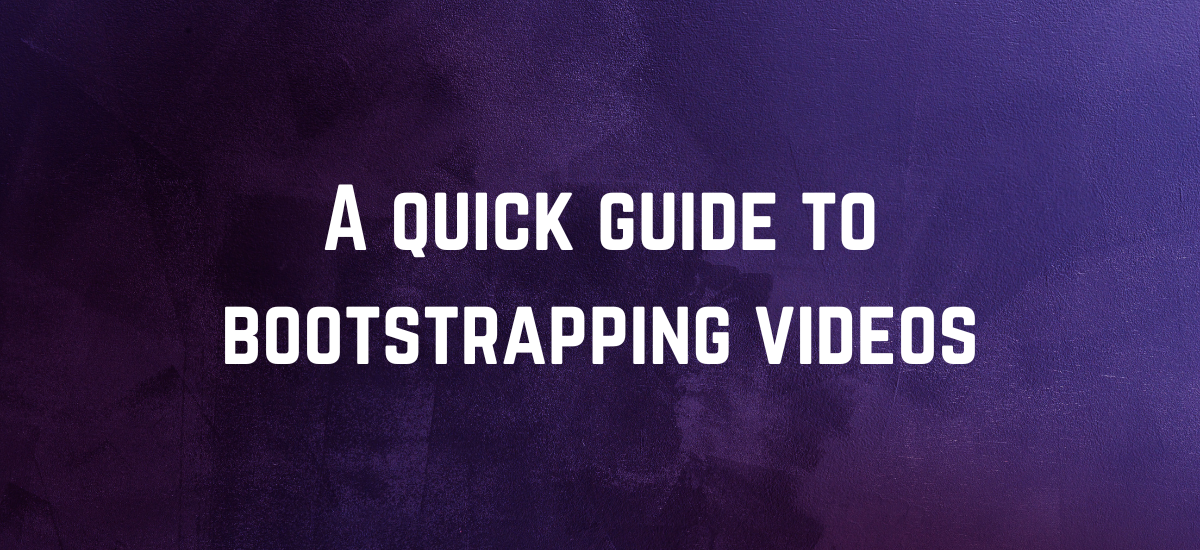
Create an experience for your buyers by showing them one.
Videos can be used in a range of exciting ways, but the most successful one has always been eliciting an emotional response. Reminding your buyers what’s important to them will help strengthen customer loyalty and build a brand people remember.
Whether the emotion is courage or nostalgia, connecting your brand with strong emotions is a great marketing technique. Think of an emotion you’d like connected with your brand, then consider an experience your buyer has likely lived through that brought out that emotion, then show them that experience again through the eyes of a camera.
For example, your audience may be mothers between the ages of 35 and the emotion you may like to connect with could be one of love. You could use a video of the first moments after childbirth, or a video of a child on their first day of school waving goodbye. Whatever you choose, truly knowing your audience is the first step to creating a video that will resonate with them.
Film and video have played a strong role in the arts for almost a century now, yet marketers still have a long way to go to take full advantage of these incredible tools. The most common reason for not producing brand videos is time and budget. Overcome these barriers, and you will find a wealth of serious benefits.
How to create videos
The best advice I can give you about video marketing is to get to the point quickly, and subtitle all of your videos.
Like everything in marketing, more time spent, more effort expended, and more of your soul chopped out and fed to the marketing gods does not necessarily mean more success. It’s a very strange phenomenon, but the best way I can put it is this; art does not equal sales.
An artistic piece can be great if you’re targeting artists or other creative marketers. If you’re targeting bankers who just want to know what the hell DevOps is and how they can use it, the artistic parts may just be getting in the way, and you’re better off skipping to the point of the thing. Even with large creative agencies, it’s often the case that the biggest fans of a video are other creative agencies. But what was really the impact on the paying company’s bottom line?
The same thing is true of B2C social media videos. The ones I’ve produced that were mini episodes the television industry would be proud of flopped. The ones that were filmed in my social media assistant’s bedroom with an iPhone succeeded.
You don’t need to create something Van Gogh would like.
Video will continue making an impact in the future. A huge amount of people engage with online video because it’s often easier to consume than long articles. With improved technology and hosting options, producing video content is no longer the sole territory of production companies. As mentioned, at times, it may be in your best interest to skip elaborate production and instead focus on authentic connection, especially when posting to social media.
When video content is genuine, the trust factor grows. Video content is easier than ever to personalize with software options like Loom, Filmora and DaVinci. Here’s how to make a video advert if you want to DIY it:
- Write a script, doesn’t have to be long, can be based on an old blog or your current
- Create a storyboard, just has to be a few pictures of what you’d like each shot to look like, pictures can be found on Pexels.
- Decide who’s going to be in the video, will you use a voiceover actor or will you speak yourself? If you’re going to speak yourself, record yourself reading out the script. Go slower than you think you should.
- Film your scenes, or use stock video footage, found on sites like ArtGrid or If you struggle to film your scenes, hire a videographer to film what you’re after.
- If you’re like me, and you do need a voiceover to read your script out (ever tried to record yourself speaking and hear it back, cringe central), you can find a bunch of really great ones on Fiverr.
- Find some royalty-free music online, this can also be found on Storyblocks. Alternatively, contract a musician to make something unique that fits your
- Most video editors use DaVinci or Adobe, but they are huge products. If it’s your first time editing, download Filmora, it’s a much simpler, more newbie friendly Watch a few YouTube videos to figure out how to piece your videos together, add your voiceover and lay over your music.
- For an extra oomph, add in a small sound at the beginning of each video (these can be found in Filmora) to make it your The same way people like to recognise brands through visual themes, adding in a recurring audio theme helps enhance brand recognition.
- Add in the subtitles in Filmora and sync them up to the audio.
- Voila! Upload it to YouTube and your website and you’re good to go.
If you’d like to make a social media video, simply record yourself speaking to a camera, then edit the video in Filmora or Instagram. Alternatively, use Loom to record yourself speaking if you’d like to display something on your computer screen at the same time. TikTok is also useful for recording and editing, but TikTok watermark downloads with any videos.
How long should your video be?
Thirty seconds to two-minutes is best when you’re getting started. That’s usually enough time to tell your story and make an impact on your audience.
However, as time goes on, I’ve found 5 –7 minute videos (and up) to be surprisingly successful. For example, a mini-documentary on an important topic in your industry, that happens to connect to your product, can go on for a much longer period as long as it’s gripping.
An example might be a payments company producing a short documentary on the origin and evolution of payments. By not talking about yourself and providing free insights into payments you put yourself in front of your audience in a more open, less intrusive way. In a scenario like this, where you’re discussing a more general topic of interest that connects back to your service, longer videos can be suitable.

